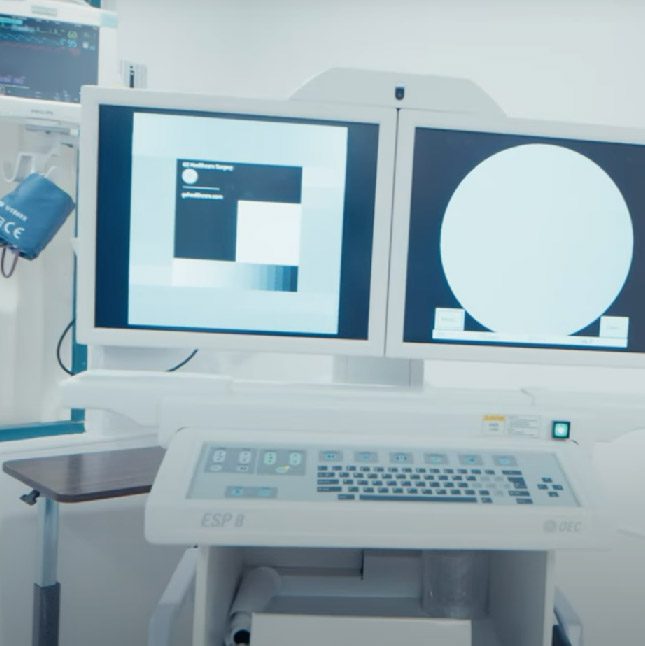Detox Institute
Nationally Recognized Rapid Opiate Detox Institute
Accelerated Opiate Detox Under Anesthesia
Understanding
Rapid Detox
Learn more about how the process works and what to expect out of your treatment.
Is it Safe?
Our approach is innovative, but proven to be safe and effective. Learn more about how we help you detox quickly and safely.
Dangers of Opiates
Understanding the risks of opiates may be your first step toward recovery.

Overcoming
Opiate Addiction
At Opiate Detox Institute, your sobriety is our priority. We offer patients the gold standard in expert care and privacy in a JCAHO-accredited hospital in California. This has many benefits for our patients, who find that they can ease into the recovery process without a physical dependency on opiates. Rapid detox performed in a hospital means that there is a focus on safe, comprehensive care at the highest level, as well as access to post-op care for as long as you need it to be. Our rapid opiate detox specialists are trained to assist patients in avoiding potentially dangerous withdrawal symptoms. Integrated recovery, safety and effectiveness drive everything that we do.
Expert Care, Every Step of the Way
We take a personalized approach, providing highly individualized care and attentive support before, during, and after procedures. Led by board-certified anesthesiologists and pain specialists, we ensure a safe, comfortable recovery experience. From medical evaluations and closely monitored detox to tailored aftercare, we offer comprehensive care designed for long-term success.


- Addiction-Free in a Few Days
- Medically Supervised From Start To Finish
- Fewer Withdrawal Symptoms
- Anesthesia Assisted
- Aftercare Provided
- Completely Private And Confidential
- Low Relapse Rate

- Addiction-Free In 90 - 120 Days
- Painful And Risky
- Rampant Withdrawal Symptoms
- Physically Exhausting
- Aftercare May Not Be Provided
- Can Be Difficult To Keep Private
- High Relapse Rate




I am so happy to have my sobriety back. I can’t believe that I had a drug addiction just a few weeks ago. I feel so free today!
Thank you, Dr. Nourbakhsh, for giving me my life back!
I am so fortunate to be able to skip the two to three months of traditional rehab, and just jump right in to learning how to lead a healthy and active lifestyle again. Thank you to the whole team.
Your staff was so encouraging and supportive, and kind. I really appreciate the time you spent to go over all of the details of the procedure with me. Coming to your center for rapid detox was worth the travel.
I feel like you have saved not just my life, but my job, my marriage, and my friendships. Everyone should have access to this lifesaving procedure.
Dr. Nourbakhsh is a very compassionate doctor, and I really felt like I was his only patient. My experience was excellent and I have a fresh start.
Me and my whole family are now doing great! I can’t thank you enough for the time you spent with me and the awesome results I have experienced. It’s like night and day!
I didn’t realize until after my procedure that I had been numb to so much. I feel like I am seeing life in color again and can feel all of my emotions.
I always avoided attempting to get clean, because I thought it would be traumatic and take weeks. Instead, I’m feeling on top of the world with my new lease on life, and I can’t believe how simply and quickly I was able to feel this way.
Thank you so much! I can’t wait to share my journey with others. It is incredible to wake up every morning and know that I no longer depend on drugs to make it through the day. I am a new person!
treatment and assessment options.




